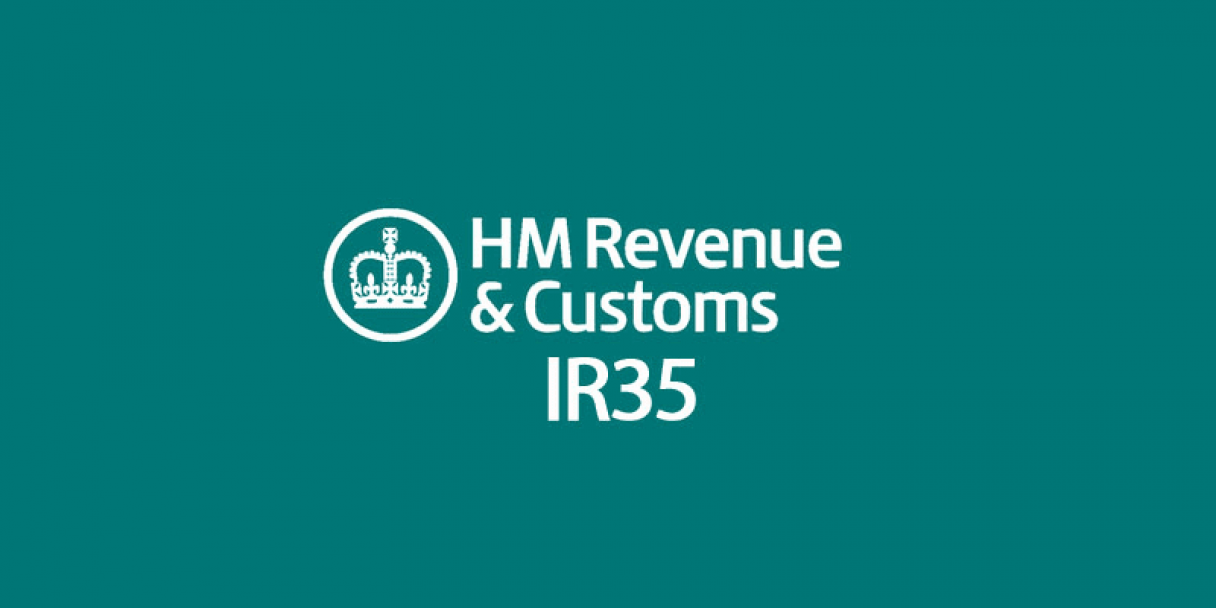Preparing for IR35: A 5-Step Checklist
With just under two weeks to go, we break down 5 key steps to help you prepare for IR35

With IR35 reforms for the private sector just round the corner in the UK, four in 10 mid-sized firms admit they are not prepared for the new off-payroll rules.
The rule reforms mean that private organisations using contractor services are now responsible for deeming whether the individual should realistically be classified as an employee for tax purposes. Those deemed “inside” IR35 should be brought on to the company’s payroll.
Getting ready for IR35
Coming into effect on April 6th 2021, IR35 has clear implications for taxation and payroll for the worker and hiring company alike, and brings the standards governing employee classification closer in line with practices implemented in the public sector in 2017.
Despite a year-long extension due to COVID, many companies have put off IR35 as they tackle the resource impacts of the pandemic – but with HMRC estimating a recoup of £1.3 billion per year from this restructuring, clampdowns are likely.
In 2019, we published our Guide to IR35, explaining what IR35 was and the responsibilities for organisations – revisit this to understand more about the definition and impacts to contractors. With just under two weeks until the reforms finally come in, we’ve also compiled a helpful 5-step checklist to ensure you are fully prepared.
Determine whether the rules apply to your organisation
Firstly, companies need to determine if they are of qualifying size to meet IR35 requirements. The IR35 rules apply to private sector companies meeting two or more of the following criteria:
- Turnover of more than 10.2 million
- Balance sheet total of >£5.1 million
- More than 50 employees.
IR35 is also applicable for entities with a turnover of greater than £10.2 million, but that are not a company, limited liability partnership, unregistered companies, or overseas companies. The rules can apply to subsidiaries of medium-large sized parent companies.
Smaller private sector companies do not have to determine worker status under IR35 rules – this continues to be the responsibility of a worker’s intermediary/limited company.
Establish the IR35 status of all existing contractors
The HMRC guidelines dictate that all existing contractors should have their IR35 status established by April 6th. This should be carried out with “reasonable care” – that is, companies should not blanketly place all contractors inside IR35 without a full understanding of their contract and proper classification.
There is however some dispute about the exact definition of “reasonable care”, but ultimately it places responsibility in the hands of the hiring company to correctly understand the status of their worker. A third-party company can support with this, or you can utilise the government’s CEST tool – though this has been described as flawed by some.
Inform deemed workers of their IR35 status
Organisations are responsible for advising contractors deemed to be within IR35 of their status, once it has been determined with reasonable care. The document by which they should do this is described as a Status Determination Statement (SDS) by HMRC – it should take the form of an email or letter.
The SDS needs to clearly state the conclusion and how it has been arrived at. Once complete, the SDS should be sent to the worker and any third parties involved in their hire, such as a recruitment agency. HMRC also provides that the company issuing the SDS should have processes in place to handle any disagreements that arise from their IR35 status decision.
Deduct PAYE tax for workers “inside IR35” and remit to HMRC
When the deemed employee submits an invoice or timesheet, the fee-paying organisation will be responsible for calculating PAYE tax and employee NI contributions.
This should be calculated on the invoice amount minus any applicable expenses met by the worker and materials costs used for supplying the service. Once employee tax and NI has been calculated on the invoice amount minus these deductions, it should be remitted to HMRC and the contractor paid the net remaining funds.
The fee-paying organisation will also be responsible for paying employer NI contributions and Apprenticeship Levy (if applicable) to HMRC for any employees deemed inside IR35.
Keep clear records & implement IR35 practices as standard for future hires
With continued confusion around some aspects of IR35 and case law still in its infancy, it might feel easier to put to the bottom of the priority pile.
However, HMRC are looking to recoup substantial funds from these reforms after the financial impacts of the pandemic. This could mean examples are made of organisations that ignore the rules altogether, or those who move contractors inside (or outside) of IR35 in a blanket manner.
Organisations that meet IR35 criteria should keep clear records in the event of audit – this will include any documents or communication trails related to the determination of worker status, copies of SDS documents, payroll records, and even records of determination disputes.
Going forward, IR35 practices should become standard for organisations who fall into the qualifying criteria and hire new contractors. IR35 rules will also apply to organisations who do not qualify by April 6th 2021, but subsequently do meet the conditions for a period of 2 consecutive years.
IR35 can seem like a minefield, but with the right support you will be ready for the new off-payroll rules. Get in touch today to see how we can support your organisation with its IR35 compliancy in the UK.

Global payroll and employee experience: creating trust through transparency
Discover how transparent global payroll practices build trust, elevate the employee experience, and strengthen engagement worldwide.


Employer of Record (EOR) in high-growth industries: tech, fintech, and healthcare
Discover how Mauve Employer of Record (EOR) services help innovative companies in fast-scaling industries like tech, fintech, and healthcare industries to simplify global hiring and ensure compliance along the way.
